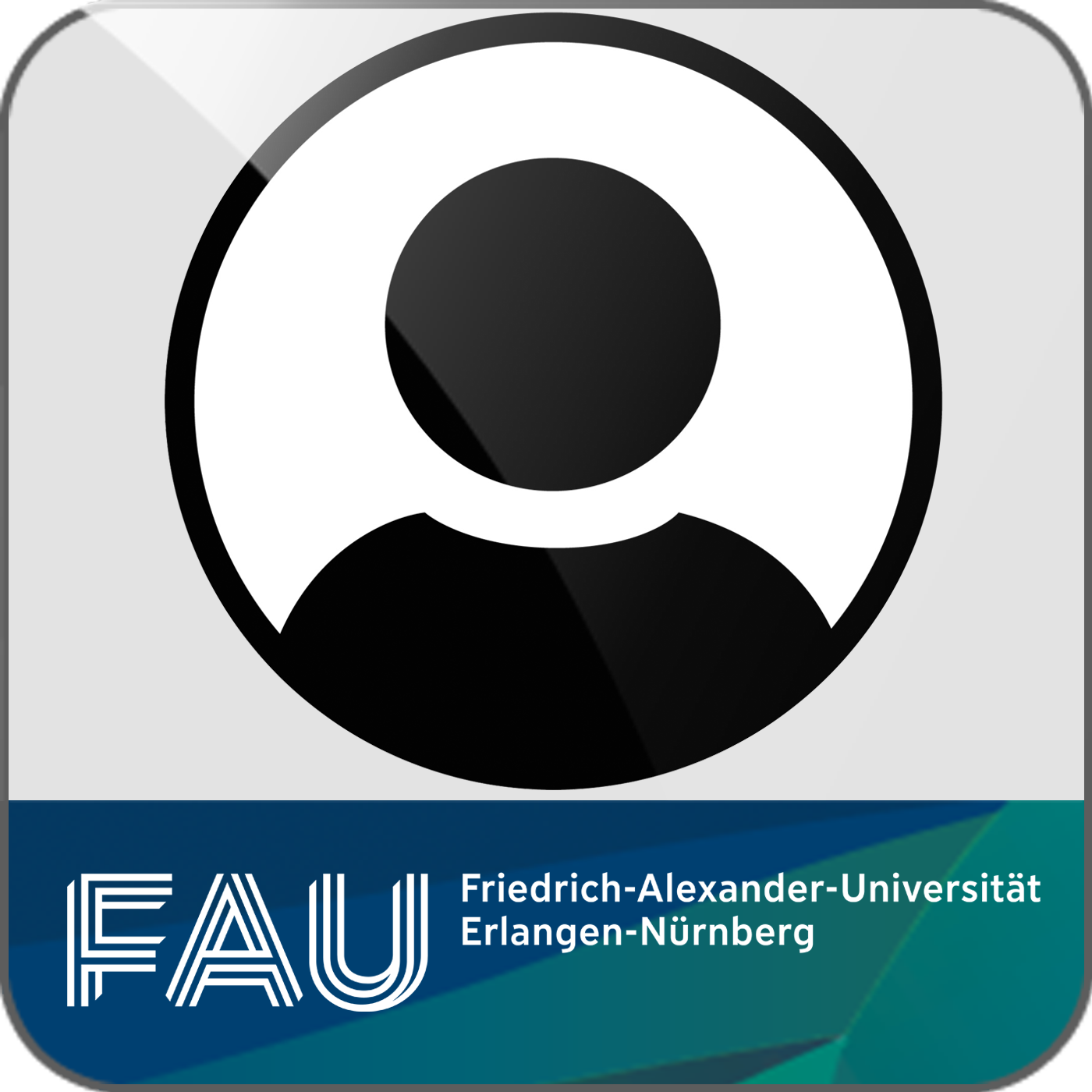Presenters
 Prof. Dr. Dave Caroll
Prof. Dr. Dave Caroll
Zugänglich über
Nur für Portal
Gesperrt clipDauer
00:48:56 Min
Aufnahmedatum
2024-06-19
Hochgeladen am
2024-06-19 18:29:39
Sprache
en-US
Abstract:
There are many important reasons that quantum computation has been based around machines that require very low temperatures to isolate the quantum states from their surroundings. This isn’t usually thought to be a problem since cloud-based paradigms and fast data transfer rates have emerged. Or as a quote attributed to then CEO of IBM, Thomas J Watson Jr, in 1943 posits ‘there is a world market for about five computers.’ While Watson probably never really said this, the irony is widely appreciated: computers never developed this way. (Thomas Watson Jr. CEO of IBM in the 1940’s. Ironically his supposed quote on the need of only five computers worldwide has become a meme among the millions of computer bloggers today. (wikicommons))
So, what if we are wrong about quantum computers today? This presentation will explore that possibility. That is, the possibility for creating quantum systems that operate closer to room temperature, based on solid state architectures that can be addressed using standard bus systems and integrated with linear computer control. Specifically, we will examine the use of topology as a means of stabilizing two-state systems at higher temperatures (the stabilization conjecture), the application of symmetry breaking schemes to read and write to such systems and the current state of measurement evidence in these systems.
As a testbed for understanding these principles we have created complex topologies in 2D topological insulators (chalcogenides) using newly developed synthetic methods. This gives access to symmetry protected states that are strongly entangled across the manifold and introduces selection rules for the gap states in the TI. It is this bit of quantum state engineering that provides the existence of persistent currents at room temperatures. These persistent currents can represent the information states used in a quantum circuit, and we demonstrate some of the first attempts at this in the GHz operational ranges. Using separate, non-orthogonal sets of studies we can show T1/T2 approaching microseconds with gate fidelities nearing 98% - though again, these results are preliminary. However, the road ahead may be much more open that we first suspected for the development of these exciting new quantum architectures.
